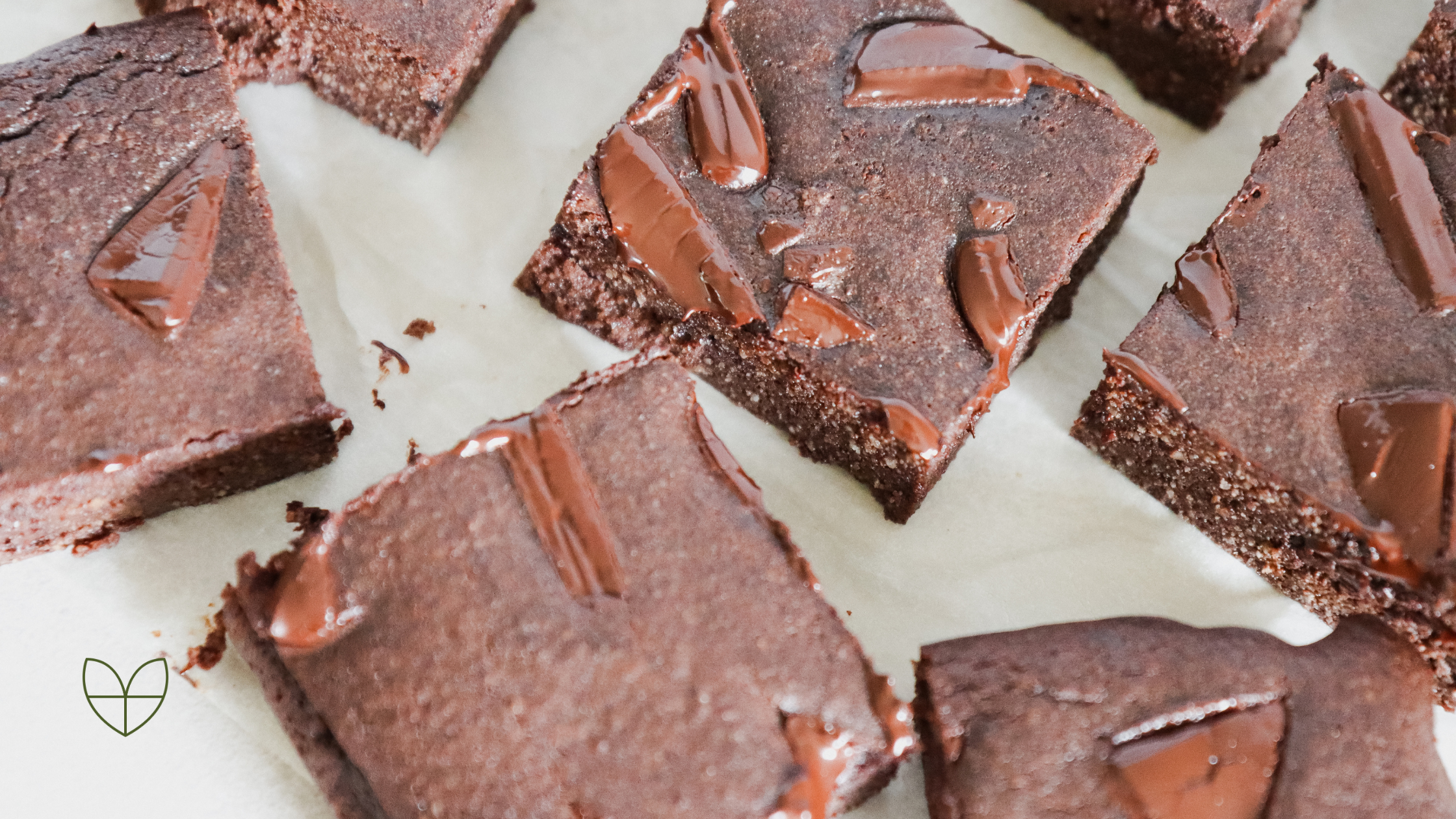
This series has been created to help you kick start your keto journey so you can lose weight, feel healthier, and get closer to your goals each and every day. We will be breaking down the basics of the keto diet, how to get started and how to guarantee your success so that you stop starting over. In Part 1 we discuss what the keto diet is, whether you should test if you’re in ketosis, and will eating fat make me fat?
What is the keto diet?
Simply put, a keto diet is a low carbohydrate, high fat diet. Maintaining this diet is a great tool for weight loss because the foods you eat are satisfying and filling, so it is easier to maintain a calorie deficit (eating fewer calories than what you need to maintain your current weight) which in turn allows you to lose weight.
On the keto diet, your body enters a metabolic state called “ketosis”. While in ketosis your body is using ketone bodies for energy instead of glucose. This allows your body to use fat (including stored body fat) as its preferred source of energy instead of glucose, or carbohydrates. The amount of time it takes each person to reach ketosis can depend on a number of factors – but for most people it should take approximately 4 days – 1 week.
Once you reach ketosis, we recommend that if you are wanting to really try a keto diet that you commit to a minimum of 4 – 8 weeks with no cheats. Once you have removed the high carb foods that you used to eat, allow your body a period of 4 – 8 weeks where you stay the course and truly allow your body to adapt to this new way of eating. This will allow your body to become fat adapted, and to switch from using glucose as its primary energy source, to fat! Once you are fat adapted, your body will be able to burn through the reserved fat in your body as a source of energy.
If you do eat a high carb meal during this time, then it will bring you back to the beginning again where you have to take the time to get into ketosis and then allow your body to become fat adapted. Only once your body is fat adapted (meaning, it’s had a chance to get used to a low carb keto diet), is it easier to take breaks and then bounce back into ketosis and fat burning mode quickly again.
If your goal is weight loss, don’t think of this as a short term lifestyle. Try to develop habits that you can stick with and enjoy long term – we promise you that if you do give this a try you will love the foods you’re eating! That doesn’t mean that you’ll never eat your favourite old foods again, but if those foods caused you to gain weight and not feel great, then it might not be a bad idea to limit the amount of times you eat them.
You should also know that you do not have to be in ketosis to be able to lose weight. Everyone experiences ketosis differently, and for some people a side effect of being in ketosis is a reduced appetite, and no cravings for highly processed foods, or foods high in sugar. This can be a great tool to help people remain consistent with making healthy choices, and can assist them in their weight loss because all of sudden you’re no longer feeling like your cravings are out of control!
Should I test if I am in ketosis?
You might be curious as to whether you are in ketosis or not! There are a few ways to test whether you are in ketosis, and these are by using:
- Urine strips
- Breath meter
- Blood meter
If you are beginning the keto diet for the first time, then we recommend you start by purchasing urine test strips because these are easily accessible from any pharmacy, and they are very cheap too! After you have become fat adapted and you have been following keto for a while, the strips will no longer provide you with an accurate measure of whether you are in ketosis as they will give you a false negative reading. At that point you may want to look at another way of measuring your level of ketones, and we recommend if you do, that you invest in a blood meter (which is much more accurate than a breath meter). However, if you are continuing to make healthy choices and you feel good – then there is no need to continue to test, just keep doing what you’re doing!
If I eat fat, won’t I gain fat?
For so long we have been programmed to think this, but in reality the opposite is true. Fats are the most efficient form of energy and each gram contains more than double the energy in a gram of protein or carbohydrates. There are a lot of misconceptions about the keto diet, including that “eating a lot of fat is bad for you,” or that everything is “wrapped in bacon and deep-fried!” But actually, the keto diet is all about eating fresh, whole foods like meat, fish, veggies, berries, nuts, and healthy fats and oils!
In Part 2 of Starting Keto 101, we will be sharing how calories work on a keto diet, why net carbs are important, how much you should be eating, and how macros work on a keto diet!


Comments
Leave a comment